100 years ago: stunning photos reveal life in the Roaring Twenties
Life in the 1920s: fascinating images from the past
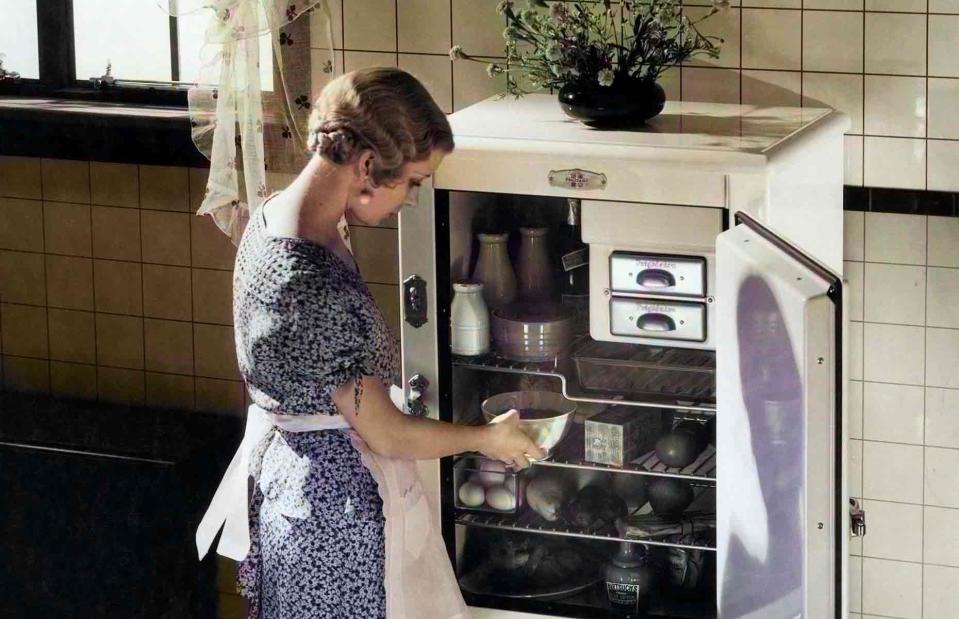
ClassicStock / Alamy Stock Photo
One of the most romanticised decades of the 20th century, the Roaring Twenties heralded an age of material and cultural resplendence as technology and innovation boomed on both sides of the Atlantic.
In the wake of the First World War, families delighted in a return to relative normalcy and the luxury of investing time and money into their home lives once again. However, this brief and exhilarating window of decadence was cut unceremoniously short by the Great Depression.
Let's take a look at what life was like in the 1920s...
Post-war prosperity in America
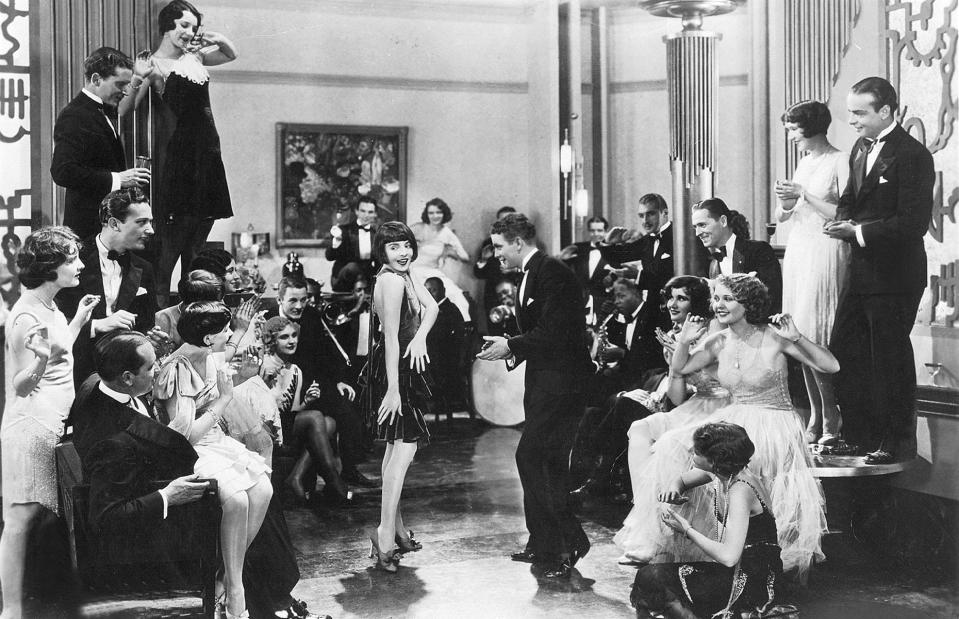
Sueddeutsche Zeitung Photo / Alamy Stock Photo
In stark contrast to the many European economies that suffered dramatically in the wake of the First World War, the US entered a period of unprecedented economic boom.
With a wealth of natural resources such as iron, coal, minerals, timber and oil at its disposal and waves of immigrants pouring into the country to provide a cheap workforce, the US embarked on a chapter of rapid innovation and mass commercial production, entering the 1920s poised to become a global financial superpower.
Creating consumers
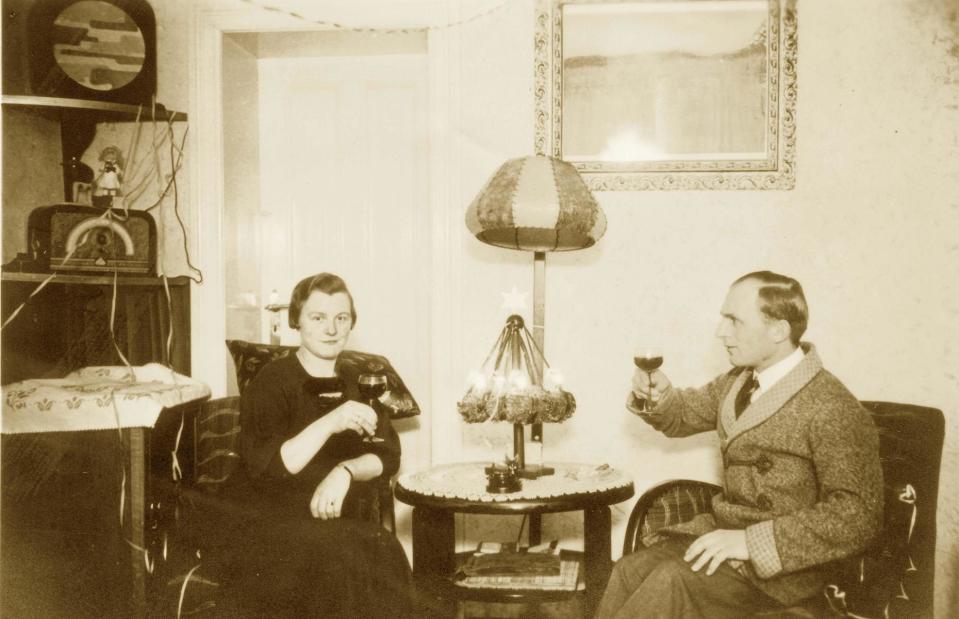
thislife pictures / Alamy Stock Photo
The 1920s witnessed a doubling of American industrial growth, resulting in a dramatically increased consumer culture. Indeed, this chapter in history gave rise to the concept of people as ‘consumers’, a population of homeowners now eager to spend money on goods ranging from everyday necessities to new and innovative home luxuries.
The rise of the radio
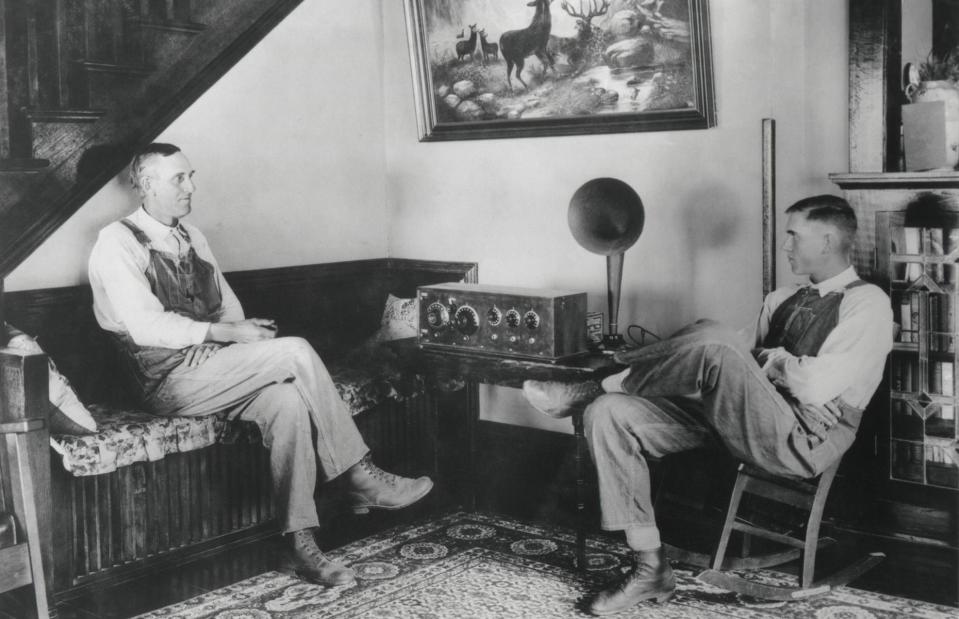
Everett Collection Historical / Alamy Stock Photo
The 1920s saw the birth of a world-changing phenomenon: the introduction of the domestic radio. In the early years of the decade, radios became ubiquitous in American homes, taking their place as the first modern mass medium. Just as families today sit around a TV to watch a favourite show, back then entire households would gather around the wireless to tune in to their favourite radio shows, which were being regularly scheduled for the first time.
Radios connected a range of demographics – old and young, rich and poor, urban and suburban, male and female – joining all Americans into a “common culture”, according to historian Tom Lewis.
New mediums of connection
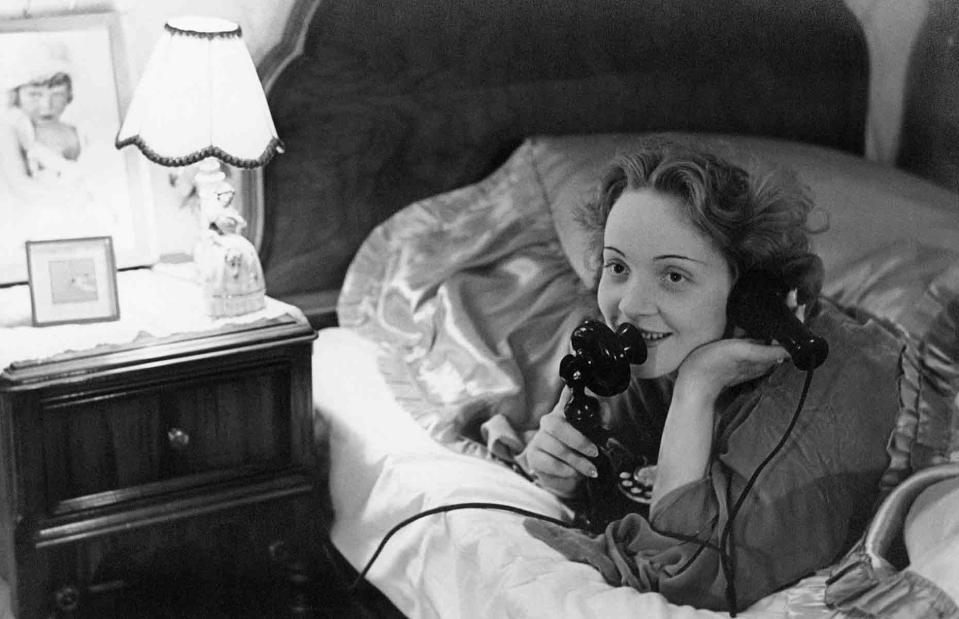
Erich Salomon / Getty Images
However, radio wasn't the only technology beginning to find its way into family homes. According to the US Census Bureau, 35% of residences had telephone service in 1920, a number that continued to rise throughout the decade among affluent households.
The candlestick telephone, also known as a stick phone, was the most common household phone of the era. It comprised a mouthpiece mounted on a stand with an earpiece resting in a cradle.
Actress and singer Marlene Dietrich is photographed here making a call with a candlestick telephone to her daughter from her bedroom in Hollywood in 1929.
Electric appliances
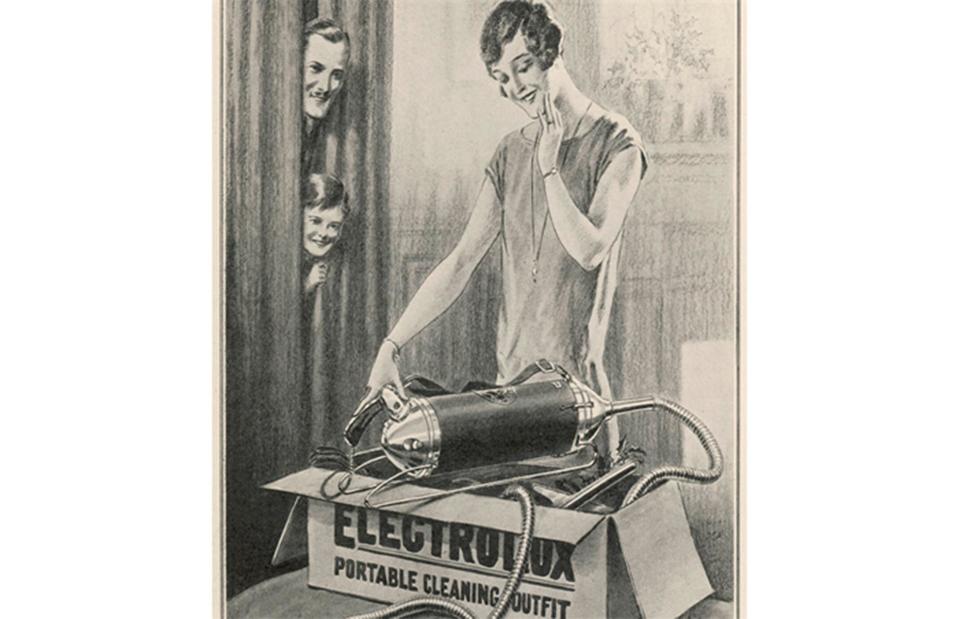
Chronicle / Alamy Stock Photo
With the dramatic increase in access to electricity and the post-war industrial boom, electronic home products were taking the consumer market by storm too, revolutionising household tasks at a stroke.
Tried and true cleaning implements such as brooms and carpet beaters were replaced by the Electrolux, an early form of vacuum introduced in 1921, while electric shavers and crimping irons became bathroom staples.
Chilling trends
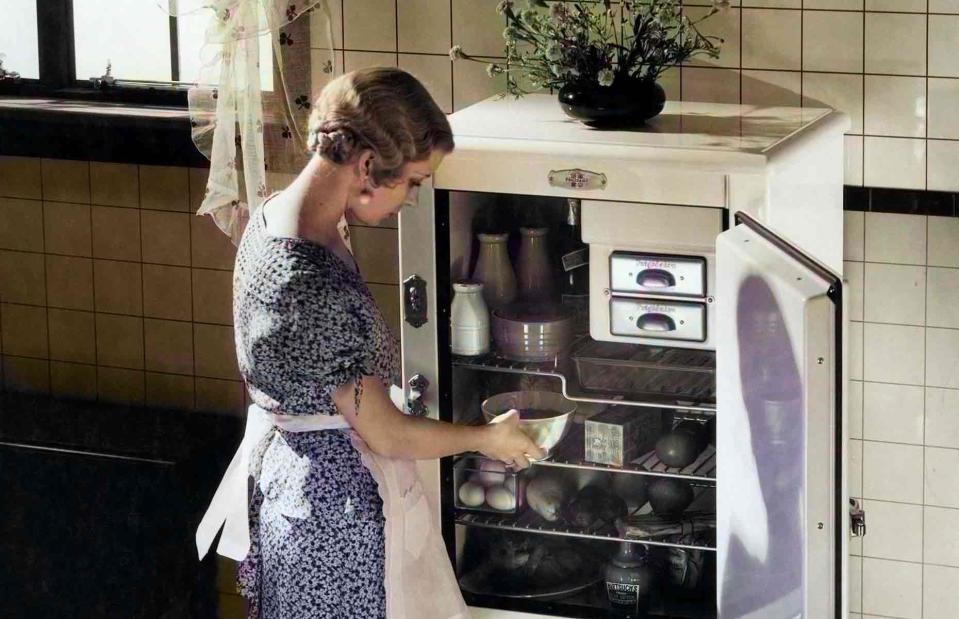
ClassicStock / Alamy Stock Photo
Kitchens too were dramatically changed. The first self-contained home refrigerator was developed by Frigidaire in 1918, while the company pioneered the first home freezer just over a decade later in 1929.
The chest-style freezer replaced the traditional iceboxes that were previously used in households and facilitated the introduction of lines of frozen food products, which in turn, revolutionised meal preparation.
The modern kitchen
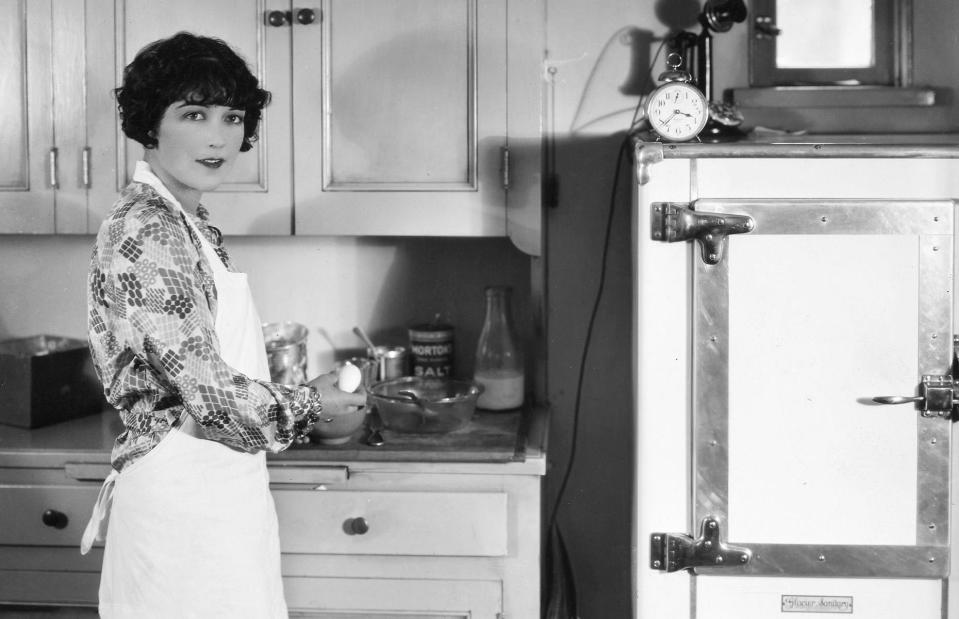
GRANGER - Historical Picture Archive / Alamy Stock Photo
To accommodate these new electric appliances, kitchens got an all-new look in the 1920s. This was the dawn of the vastly marketable concept of the kitchen as the domain of the “fashionable housewife”, and a wide range of home products were produced and advertised along these lines.
Adverts from the time showed sleek, modern-looking spaces featuring chequered linoleum flooring, cheerfully painted walls and gas and electric fittings.
Fashionable feasts
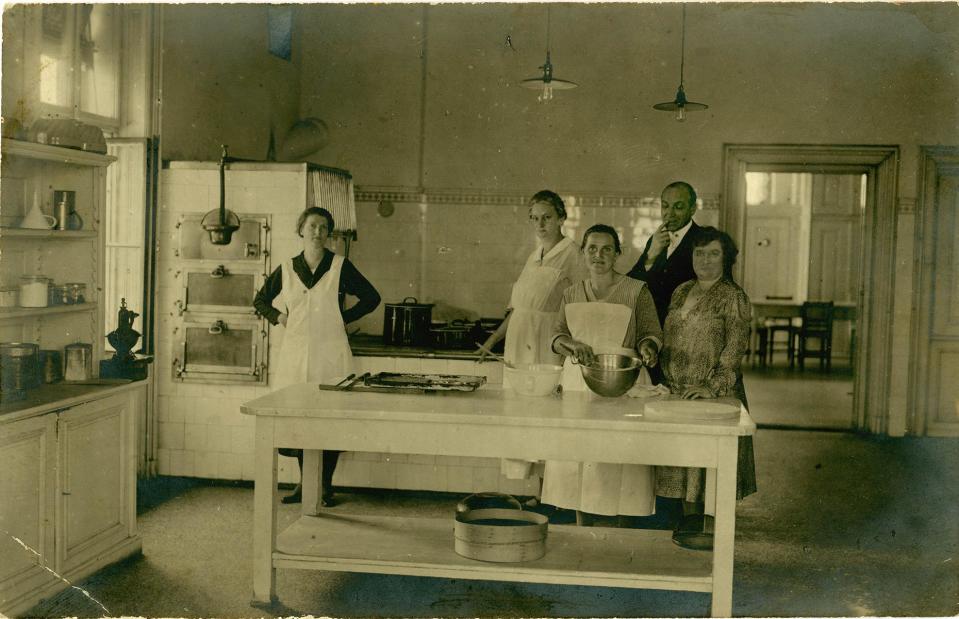
thislife pictures / Alamy Stock Photo
After years of wartime rationing, the 20s were also a time of culinary celebration. For wealthy families, sumptuous, multi-course meals called for hours of preparation, while extravagant dinner parties were elaborate feasts for the stomach and the eyes.
Consequently, in spite of the trend towards reduced household staff, many families retained kitchen help for this reason.
The dawn of Art Deco
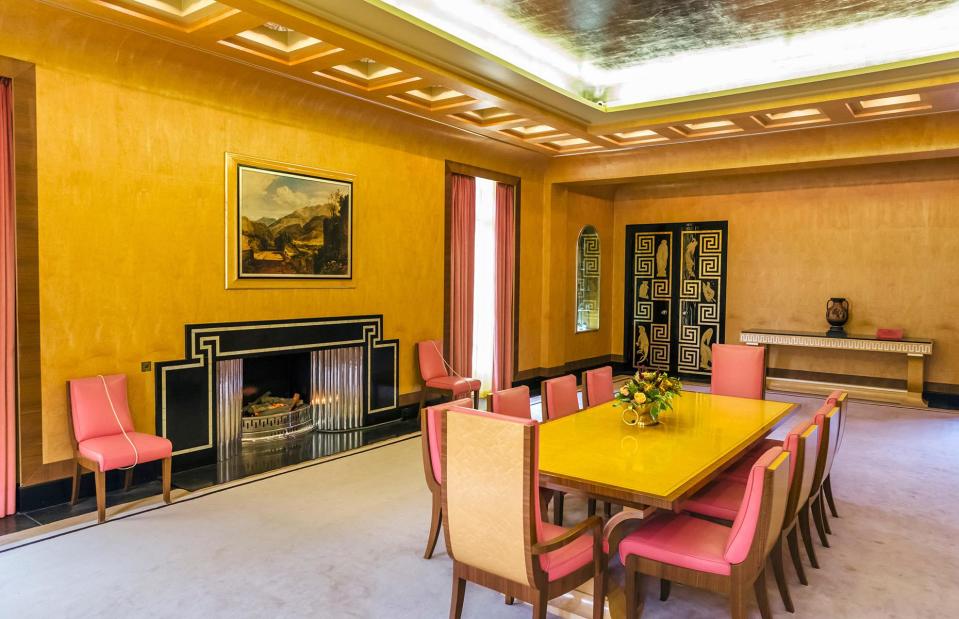
Ian Dagnall / Alamy Stock Photo
The Art Deco movement dominated the decades between 1919 and 1939 and was the stylistic benchmark for the 20s. The aesthetic originated in France but soon spread around the world thanks to the Paris Exposition of 1925, a showcase of decorative and industrial design.
Initially known as 'le style moderne' or 'Jazz Moderne', it was not until 1968 that the style received its current name as the result of a period of academic reappraisal, according to the New York Public Library.
Welcome to the Machine Age
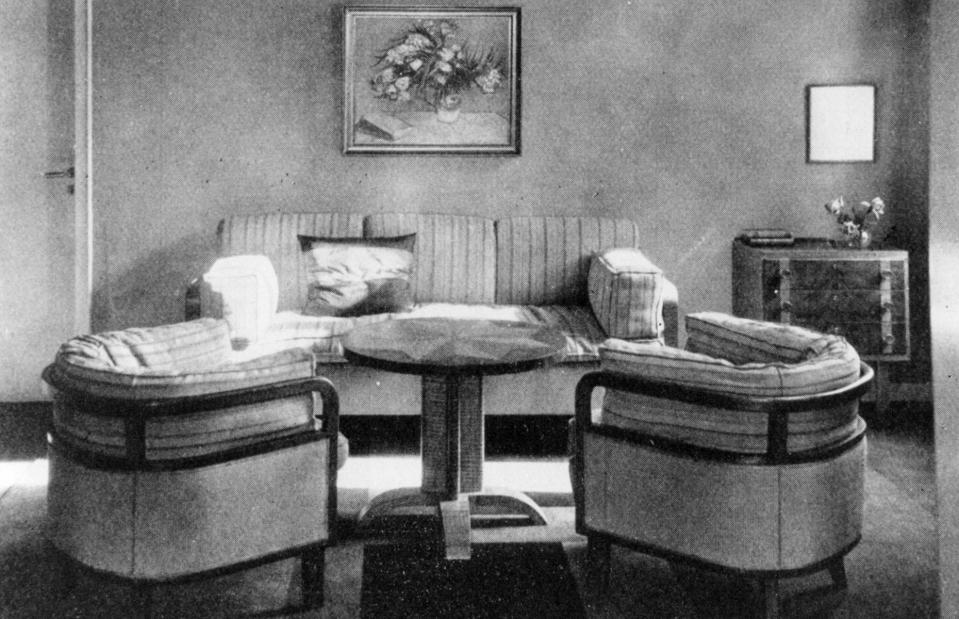
Chronicle / Alamy Stock Photo
Art Deco was designed to symbolise everything chic, elegant, exuberant and, above all, modern. The style, which came to influence fashion, architecture, interior design and the decorative arts, was characterised by a distinctly streamlined look, frequently featuring geometric shapes and clean lines.
In contrast to the natural forms that inspired its predecessor, Art Nouveau, Art Deco emphasised speed, power and progress. It embraced the expression of industrial design and the forward-looking momentum of machine-age technologies.
"Speed is beauty"
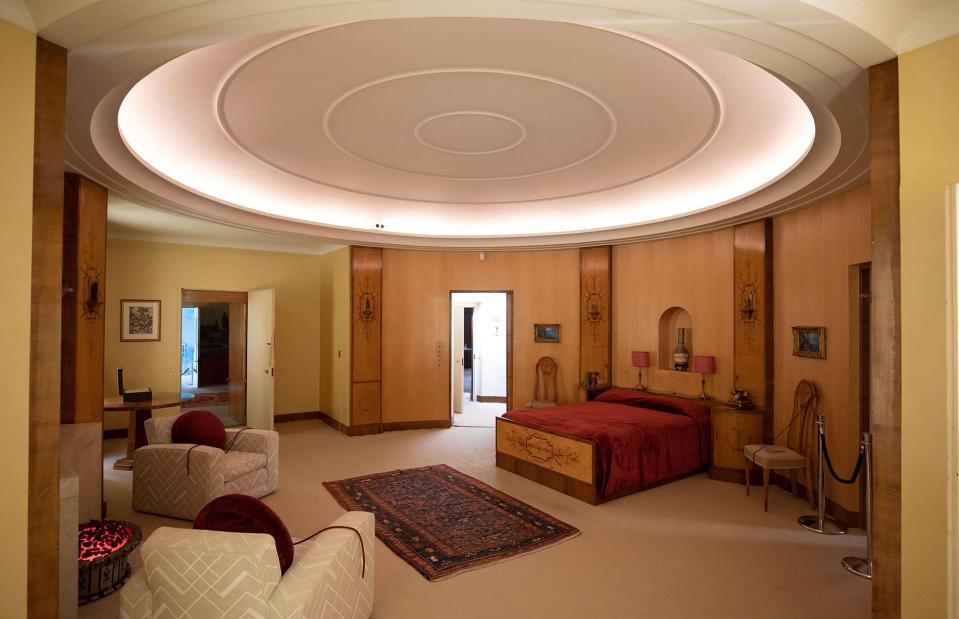
tony french / Alamy Stock Photo
The public clamour for Art Deco goods – compounded by the booming economy, the rise of mass production and the intensified cultural focus on luxury and opulence – created something of a perfect storm for popular consumerism.
Inextricably linked as it was with commercialism, the Art Deco movement became defined by the Futurist philosophy, “speed is beauty”. The pace at which these items were produced, purchased and placed in homes epitomised the rapid acceleration of life in the 1920s.
An interior design revolution
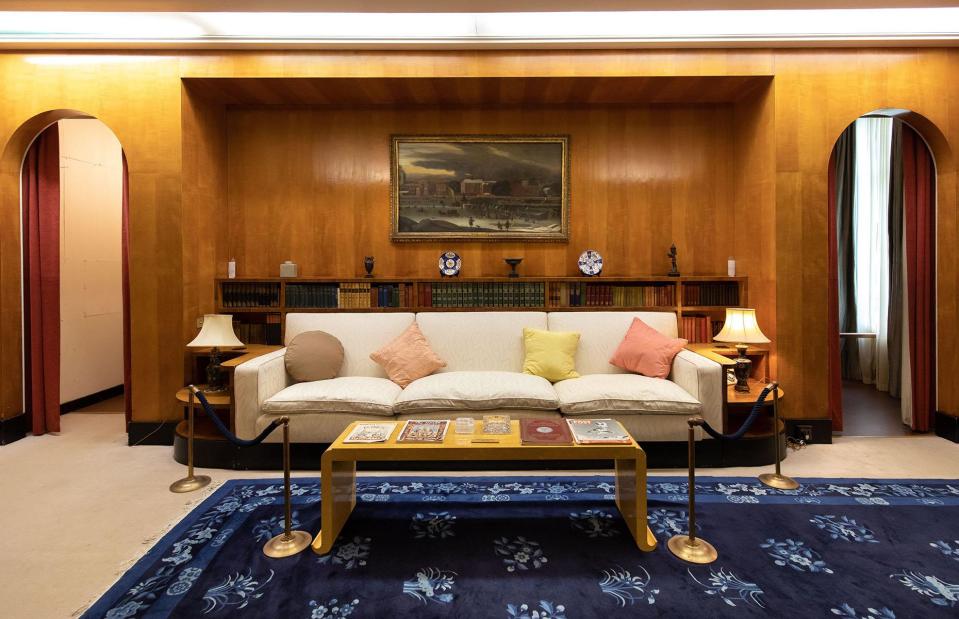
tony french / Alamy Stock Photo
These stylistic trends influenced domestic interior design in numerous ways. Burnished metals and cherry or mahogany panelling became a popular choice for public-facing rooms, often offset by low-slung, light-coloured furnishings.
Gone were the more ornate holdovers from the Victorian Gothic craze at the end of the previous century, replaced instead by sleek, streamlined tables, simple silhouetted ottomans and the introduction of materials like Bakelite and bronze.
The Egyptian Revival
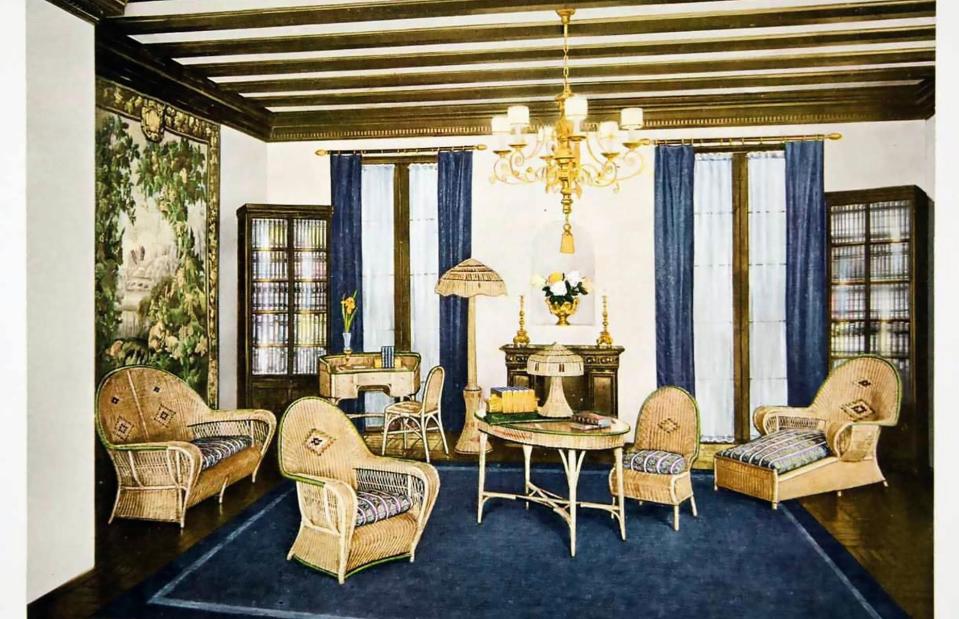
Pictorial Press Ltd / Alamy Stock Photo
Colour palettes also reflected the period’s overarching air of optimism, with bold reds, blues and yellows dominating many interior designs.
Following the 1922 discovery of Tutankhamun’s tomb, there was also a popular craze for Egyptian-inspired motifs and styles, including basket furniture, pottery and Egyptian Revival architecture.
Sleeping through the 20s
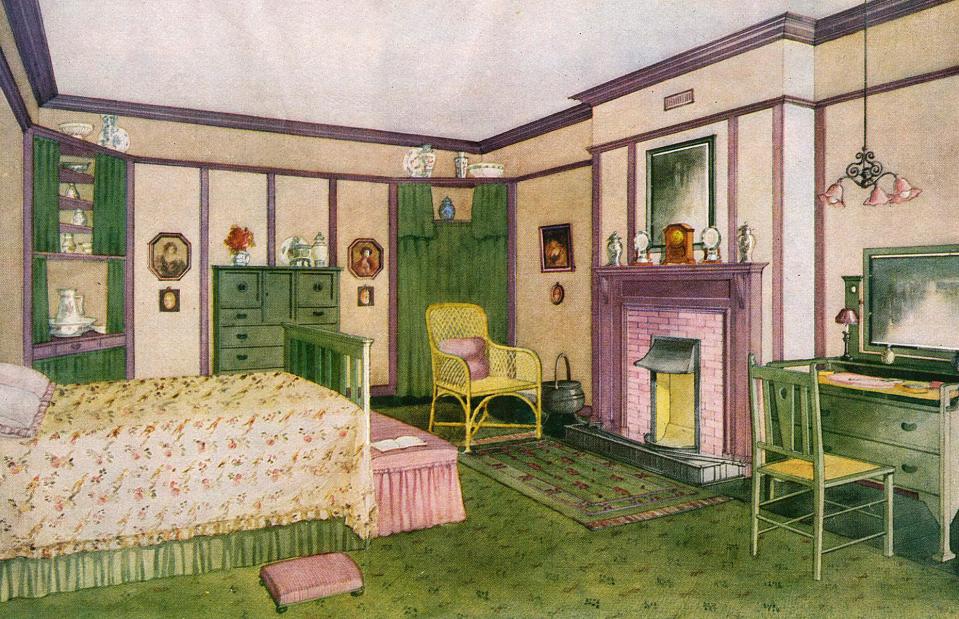
Chronicle / Alamy Stock Photo
More private rooms, such as bedrooms and bathrooms, also underwent seismic stylistic changes. In the first part of the decade, as couples reunited after years of war-driven separation, bedrooms – such as the one illustrated here – became larger and more lavish places in which to spend quality time rather than just sleep.
However, in the later portion of the decade when Art Deco began to vie with Bauhaus for stylistic prominence, the German preference for Functionalism came to the fore and bedrooms were again paired back to a simpler form.
State-of-the-art bathrooms
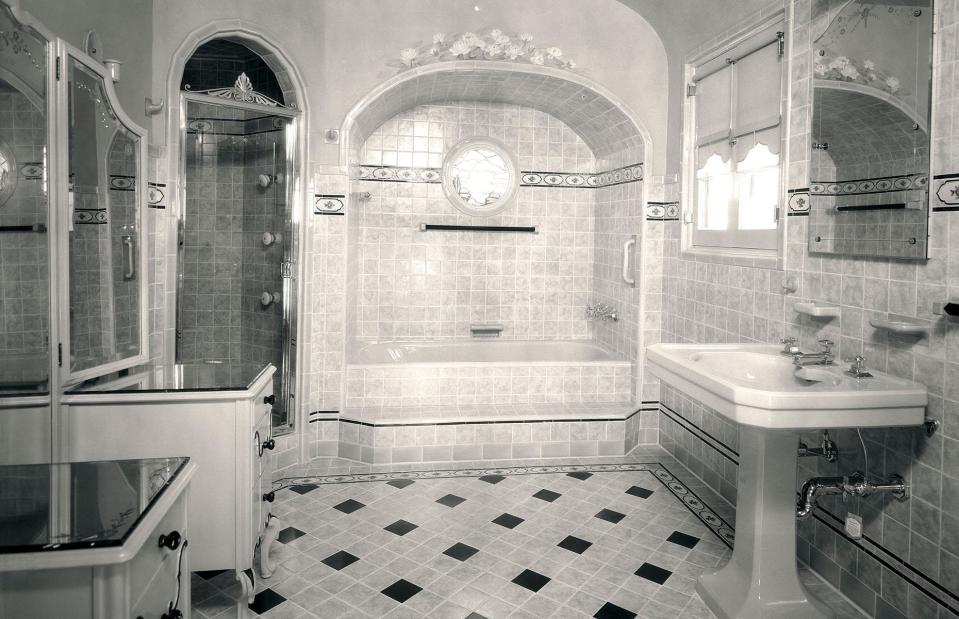
Camerique / Alamy Stock Photo
Bathrooms became substantially more glamorous in the 20s too. The geometric shapes so essential to the Art Deco style were well-suited to tile patterns and sleek fixtures.
What's more, with the dramatic expansion of indoor plumbing in the early part of the century, many bathrooms were undergoing renovation and embracing the latest in bathing advancements. The result was a new standard of luxury – spacious tubs, double vanities, opulent light fixtures – all synonymous with ‘modern’ living.
Just like the movies
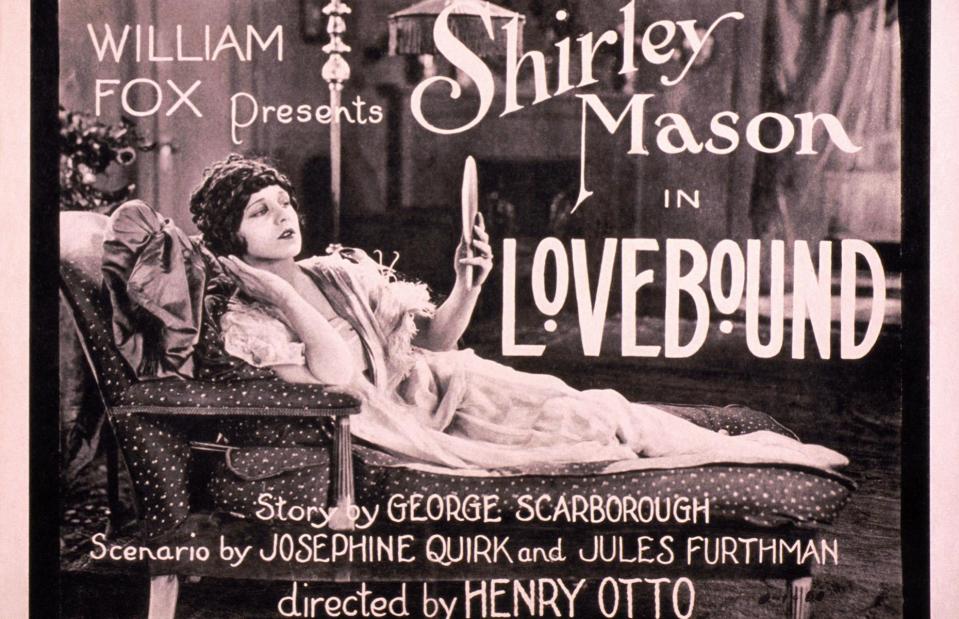
Everett Collection, Inc. / Alamy Stock Photo
Also on the rise at the time, thanks to the introduction of ‘talkies’, films were quickly becoming the opiate of the masses, drawing enormous crowds to new ‘movie palaces’, often built in the Art Deco style.
Glamorous film stars in dramatic scenarios – like Shirley Mason, pictured here – captured the imagination of audiences in both the US and the UK and further fuelled the culture of consumption sweeping both nations.
That 1920s 'look'
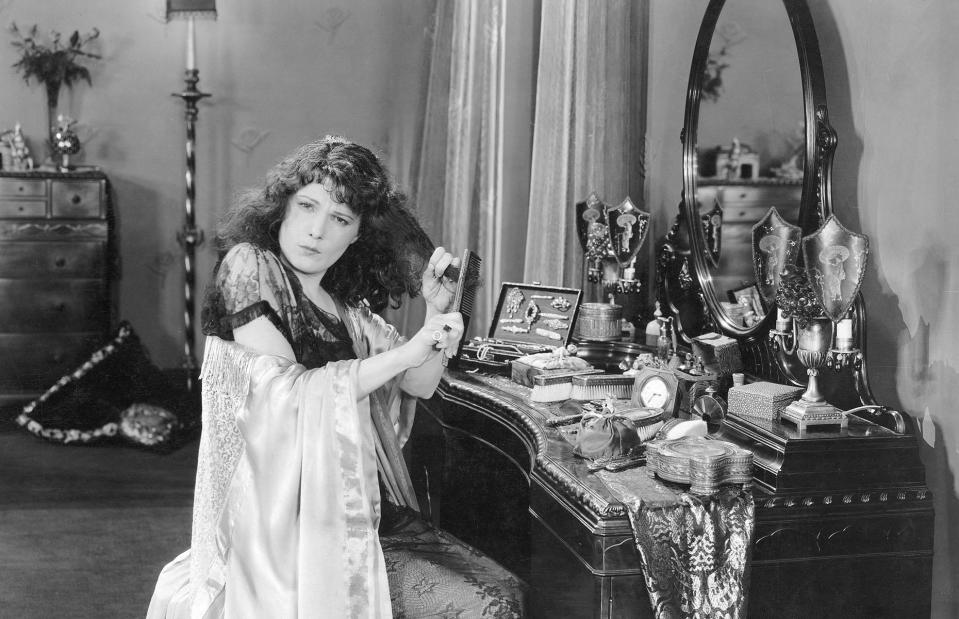
GRANGER - Historical Picture Archive / Alamy Stock Photo
Indeed, the movie craze of the mid-1920s even shifted consumerism towards what historian Maria Slowinska dubbed “performative consumption”, or the concept of buying goods to prove that you were tuned in to cultural trends. This, of course, meant all things Art Deco.
From furnishings to decorative items to fashion, films and film stars helped drive the craze for Art Deco style, solidifying what came to be the iconic ‘look’ of the decade.
Urban versus suburban
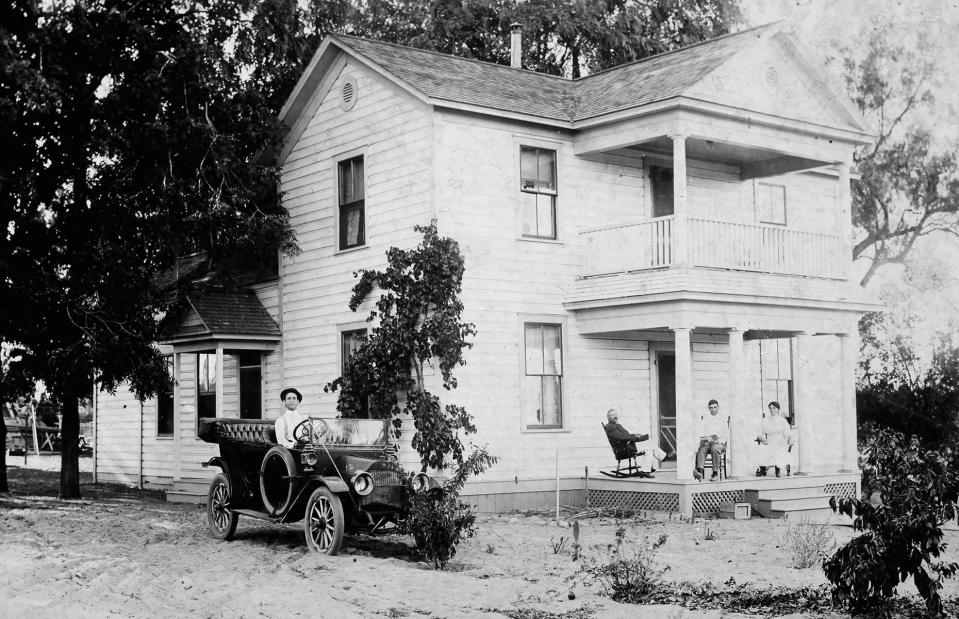
Kirn Vintage Stock / Alamy Stock Photo
Of course, for many living in both Britain and America, the glamour of 1920s consumer culture was out of both ideological and physical reach.
Urbanites might frequent movie palaces and department stores, coveting home goods that might ostensibly help their domestic lives keep pace with the Roaring Twenties. However, the vast rural swathes of both countries remained largely untouched by the sociocultural changes brought about by the end of the war, as can be seen in this 1925 photo of a Midwestern farmhouse.
Unchanged rural life
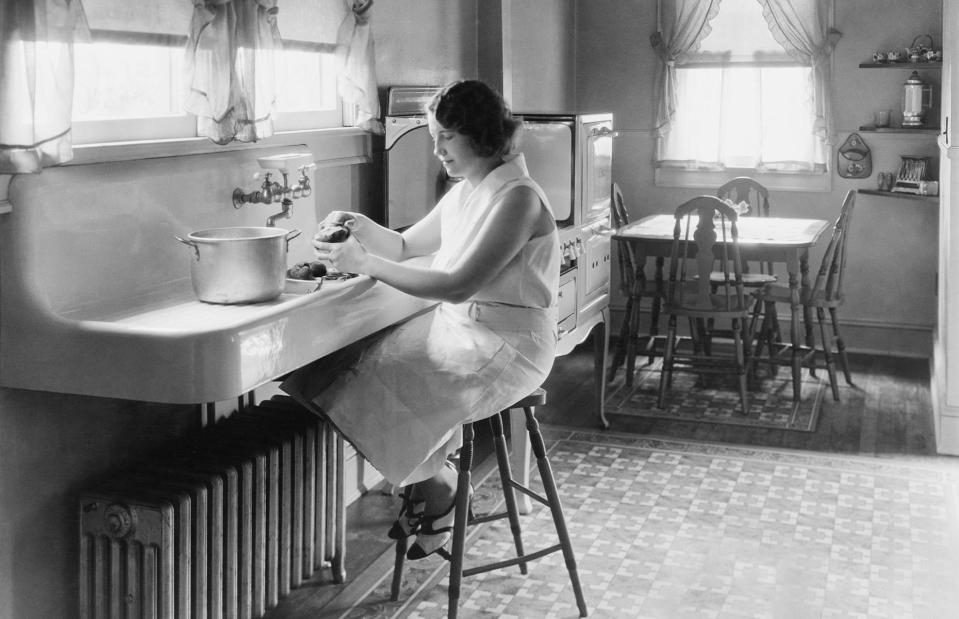
Everett Collection Historical / Alamy Stock Photo
Those who did not live in close proximity to the urban high-life continued on with predominantly agrarian lifestyles. While increased industrialism was beginning to make changes to the farming industry, most agricultural establishments were still small, family-run operations, with tasks allocated along traditional gender roles – men working the fields and tending livestock, women attending to more domestic responsibilities such as cooking, canning, sewing and child-rearing.
The economic divide
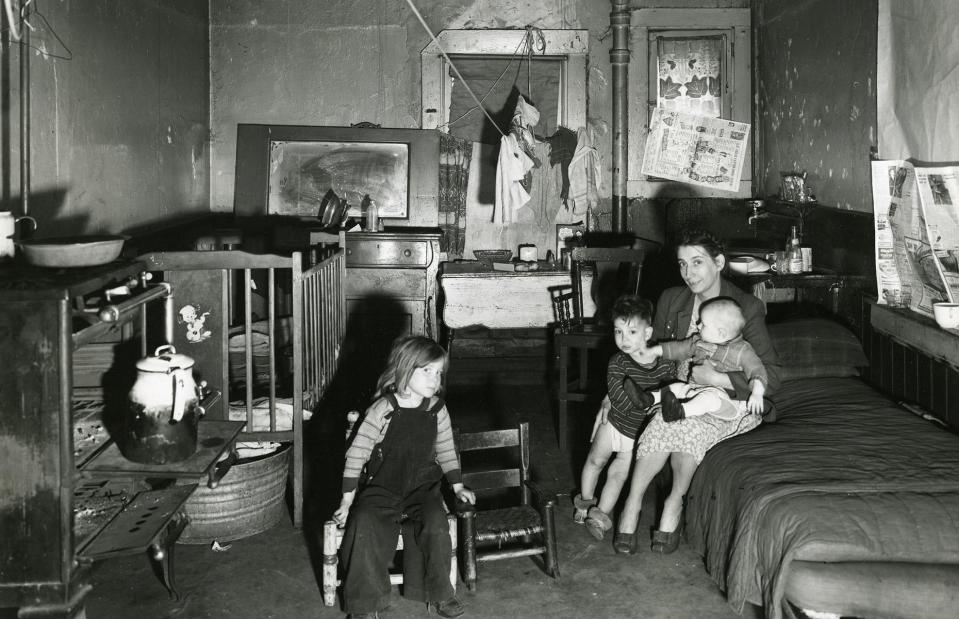
Archive Photos / Shutterstock
Another important social dichotomy of the decade was its rampant economic disparity. While in popular cultural memory, the 20s were an era of wealth, opulence and excess, in reality the economic divide was nearly as wide as it had been at the turn of the century.
In the US in particular, immigrant families, whose very presence facilitated the industrial boom and mass consumerism of the time, lived in crowded tenement buildings, often sharing rooms or even beds with strangers.
Untenable tenements
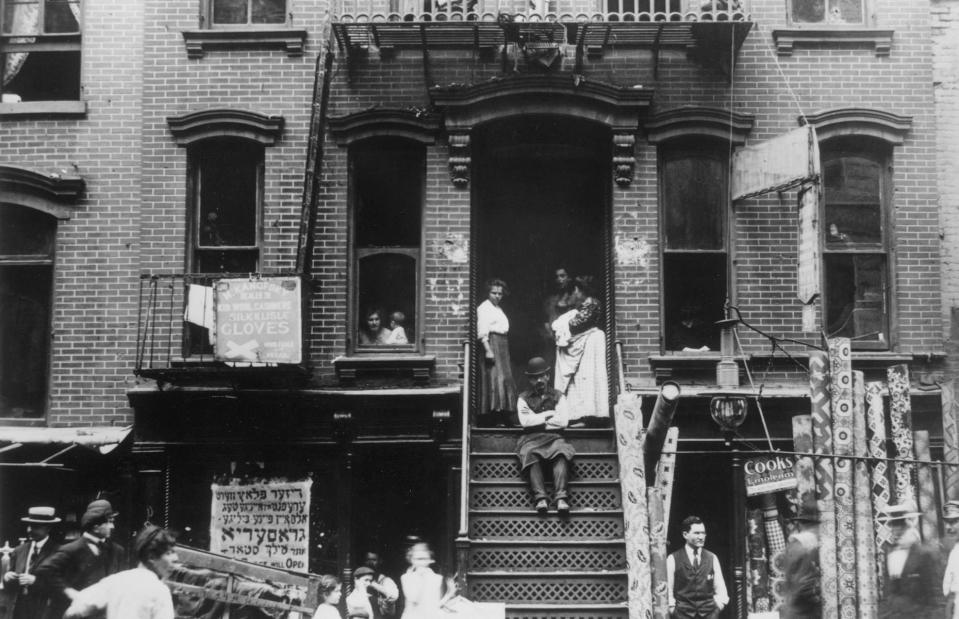
Hulton Archive / Shutterstock
Urban areas threw wealth disparity into particularly high relief. New York City, with its enormous immigrant population, was infamous for its unsanitary overcrowded tenement buildings, such as the one pictured here.
While various reform campaigns had been continuously launched against this housing crisis for decades – perhaps most famously Jacob Riis’ 1890 photojournalistic work How The Other Half Lives – it was not until the end of the decade when the 1929 Multiple Dwelling Law brought about real change for those in low-income housing by enforcing new hygiene and safety standards.
Rewriting the roles of women
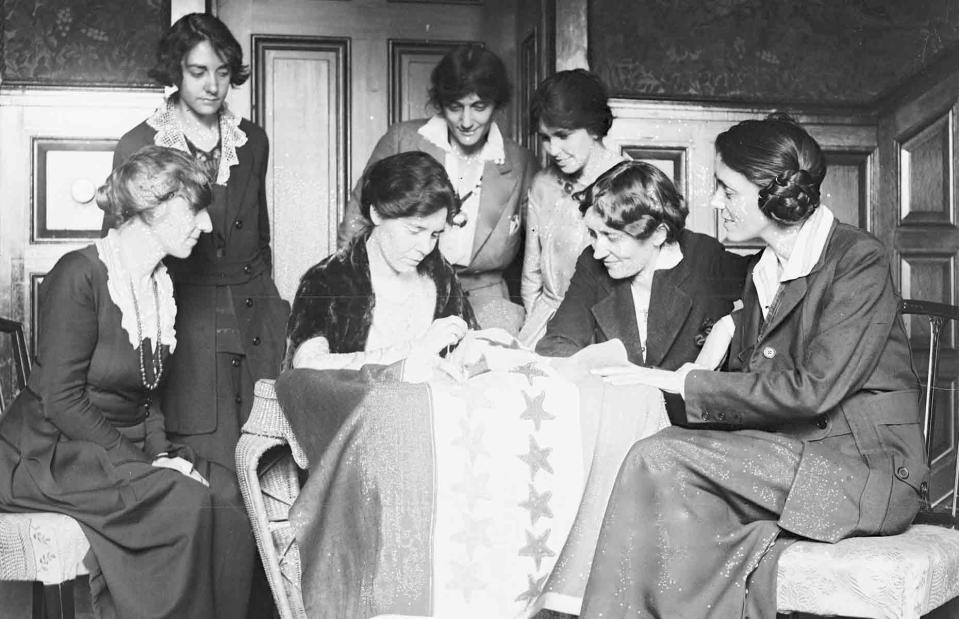
National Photo / Buyenlarge / Getty Images
Change was afoot in other areas of the social landscape too. In 1920, the Nineteenth Amendment gave every US woman the right to vote, while in the UK, the same right was afforded to women over the age of 21 in 1928.
The boom in mass production created more jobs in urban areas and women started to enter the workforce in larger numbers and earn their own disposable income. Opportunities were opening up outside the domestic sphere and women were beginning to establish their place in the political and public realms, though there was still a long way to go.
Pictured here, a group of American suffragists sit in a reception room and watch women's rights activist Alice Paul sew stars onto a banner in celebration of the passing of the Nineteenth Amendment.
The Jazz Age
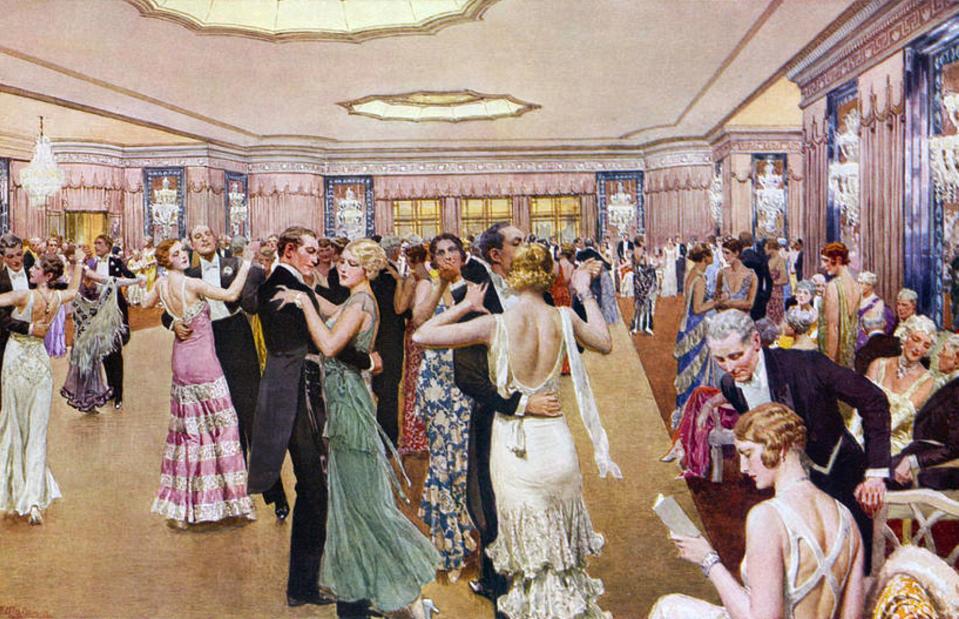
Pictorial Press Ltd / Alamy Stock Photo
Alongside the backdrop of social reform, the 20s were also a period of resplendent material wealth and hedonism for the rich, urban population. For the first time in American history, more people lived in cities than on farms, and this gave rise to the infamous nightclubs, dancehalls and speakeasies that live on in lore today. This era of carefree excess is generally referred to as the Jazz Age.
Flappers were an iconic emblem of the decade. Progressive young women who challenged traditional gender roles, flappers embraced the exuberant spirit of the decade and its new social and economic freedoms, flying in the face of Victorian concepts of morality.
The Prohibition problem
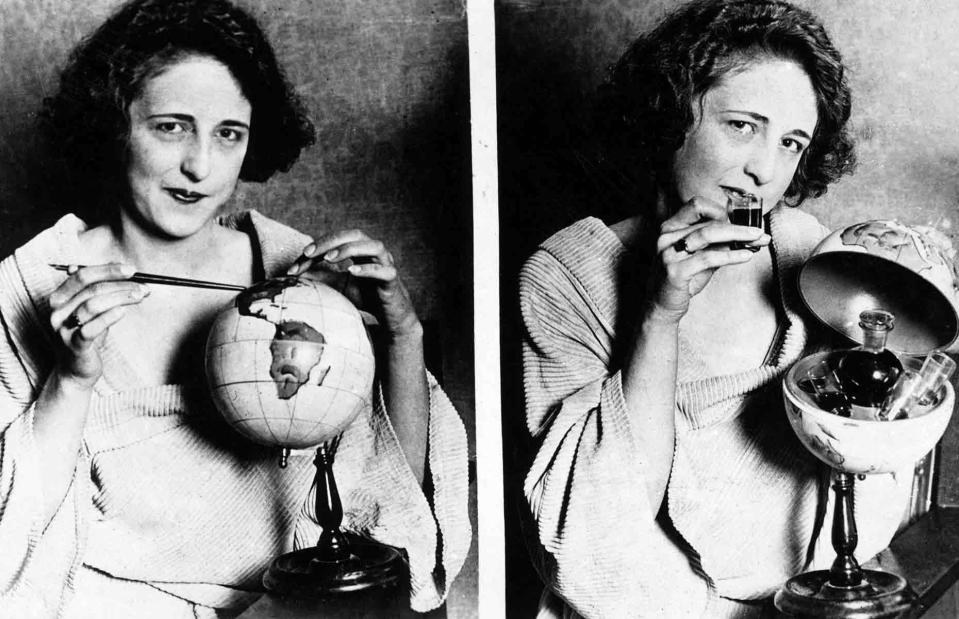
Sueddeutsche Zeitung Photo / Alamy Stock Photo
But belying the glittering parties of the Jazz Age, memorialised in novels such as The Great Gatsby, lurked the spectre of Prohibition. From 1920 to 1933, it was illegal in the US to manufacture, transport and sell alcohol. The ban was enacted to dissuade what the growing temperance movement of the time termed the "scourge of drunkenness".
Nevertheless, the parties raged on, with bootleggers smuggling alcohol into the US to fuel the soirées. Americans came up with increasingly ingenious ways to disguise their stashes, from concealing alcohol flasks in lamp bases and hollowed-out books to filling walking canes with their favourite tipples.
Pictured here, a woman shows off a globe ornament designed to hide bootlegged alcohol from the authorities.
Dancing into disaster
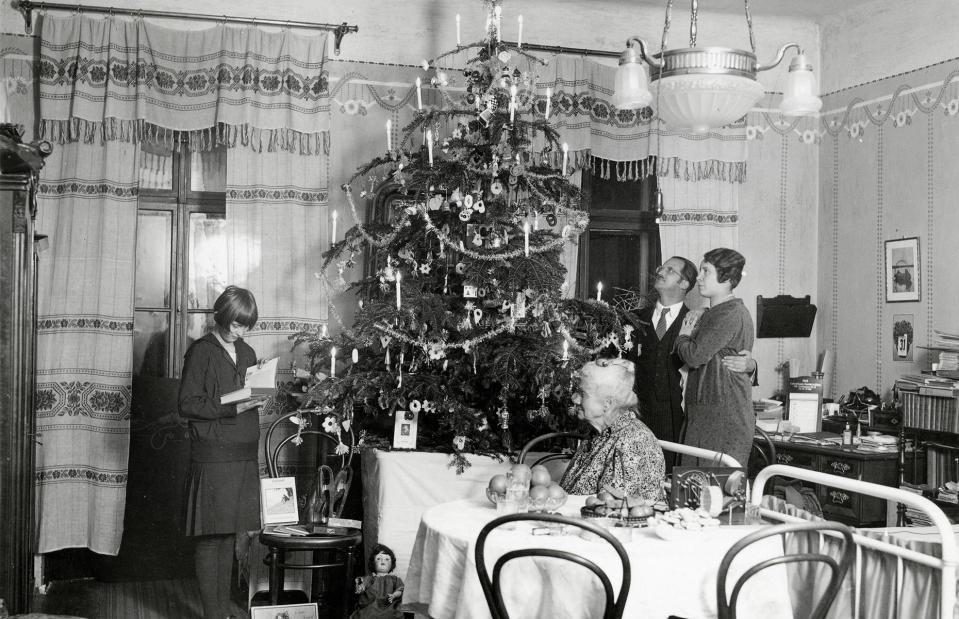
Hulton Archive / Shutterstock
However, this age of excess came to an abrupt end in the autumn of 1929 with the Wall Street Crash, when the American stock markets suddenly collapsed, launching the nation and then the world into a crippling recession.
The crash dramatically altered everyday life for nearly everyone – rich and poor, urban and rural – and ushered in a new decade of unparalleled economic crisis known as the Great Depression.
Cutting back
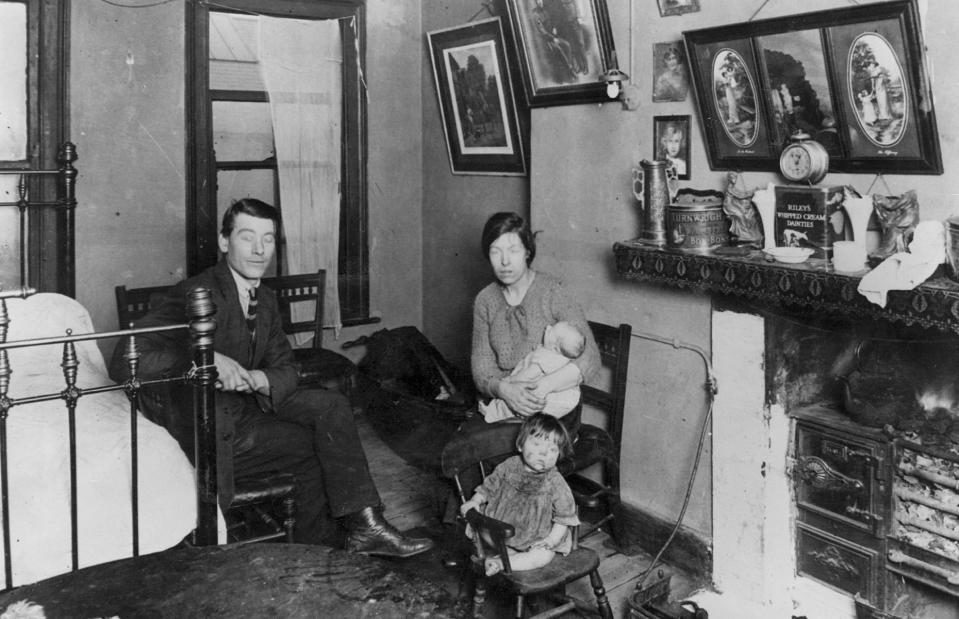
Hulton Archive / Shutterstock
Gone were the industrial drive and economic robustness that had powered the first part of the decade, replaced instead by a return to penny-pinching, which rivalled even the previous war-time restraints. Around the world, people went back to economising on home comforts, reducing their spending on anything not deemed a necessity and getting creative with ways to reduce energy and waste.
Beyond the 20s
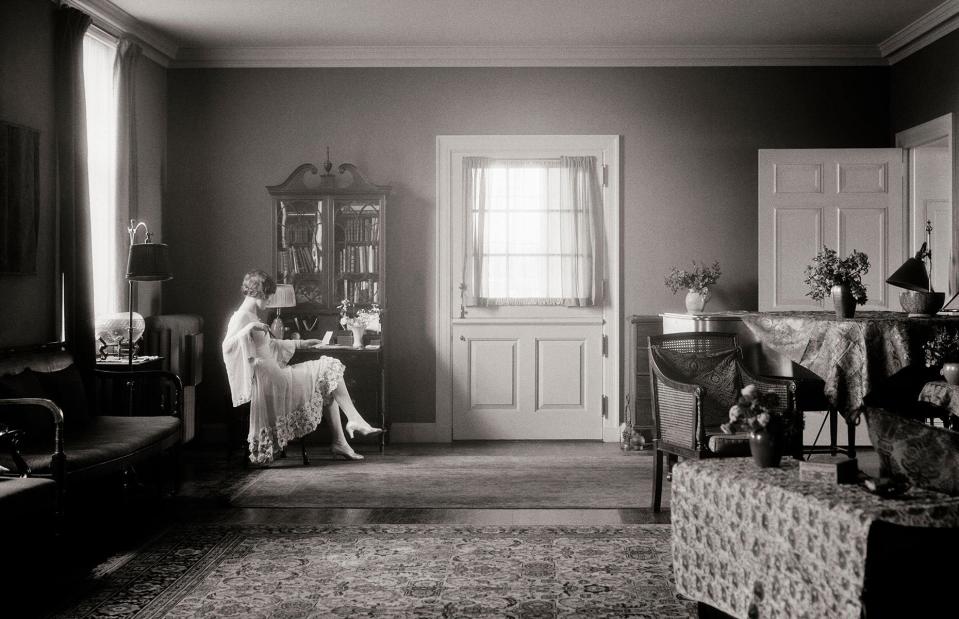
ClassicStock / Alamy Stock Photo
While the Roaring Twenties may have been cut off in its prime, the decade nevertheless ushered in an era of dramatic domestic and cultural change which would have lasting effects throughout the 20th century.
New advancements in technology brought electricity and innovation into the home, the age of Art Deco inspired a desire for more streamlined, simplified interior design and the concepts of consumerism and mass production continue to influence material culture and industry to this day.


